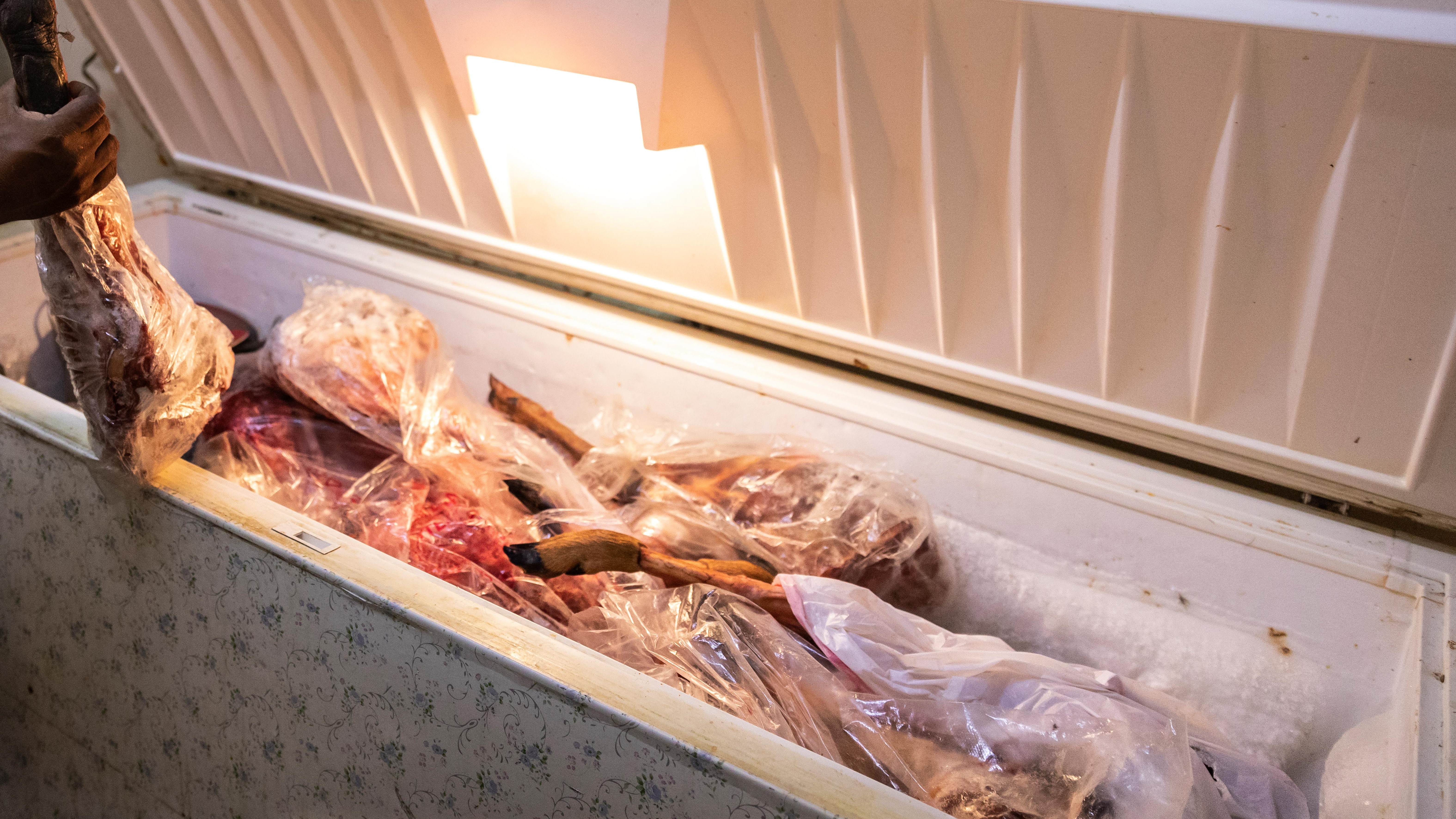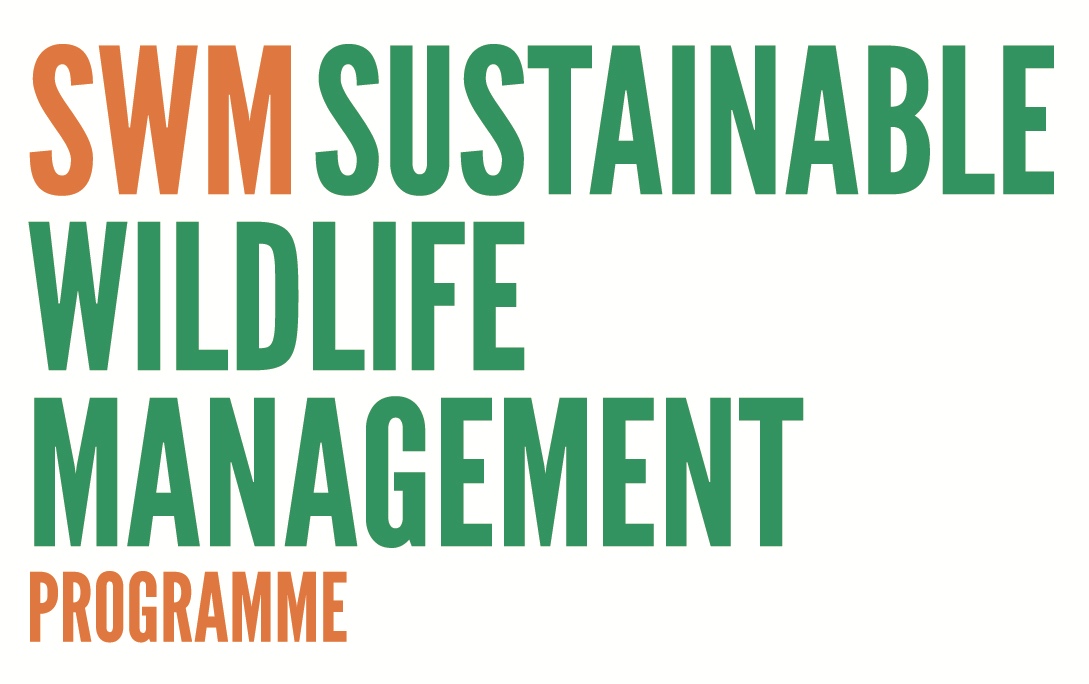SUR - Φ A – MARKING
Food Safety

Suriname / Food safety
PROCESSING
MARKING
questions
3 answers
document title
text/abstract
Article 25 (1): The quality manager who, during a health survey, declares the fish products fit for human consumption, shall issue a health certificate in accordance with the model to be determined by Ministerial Order.
Article 26:
On the receptacles or packaging containing the fish products that were declared fit for human consumption during the inspection by the quality manager, he affixes a quality mark in accordance with the model to be determined by the Minister, in such a way that the quality mark cannot be reused.
Article 9:
(1.) fish products shall be provided with the necessary quality mark in accordance with the inspection results.
(3.) By or powers State Order, rules are laid down with regard to marking.
Article 22 (4): Approved, conditionally approved and rejected carcasses or parts of the carcass shall bear a mark in accordance with the method prescribed by the Head.
2 answers
document title
text/abstract
Article 6 (1): The following fish products may not be placed on the market, namely:
d. fish products that do not meet the inspection standards for sanitary soundness, freshness, soundness and temperature to be determined by Minisetrial Order;
e. live fish products that do not meet the health screening standards to be determined by Ministerial Order.
Article 20: Only the following fish products may be placed on the market, namely:
- which have undergone a fish inspection at the landing centers;
- which have been subjected to a health examination in fish farms;
Article 25 (1): The quality manager who, during a health survey, declares the fish products fit for human consumption, shall issue a health certificate in accordance with the model to be determined by Ministerial Order.
Article 28 (1): At the end of the inspection, the receptacles or packaging of fish products that have been declared or found unfit for human consumption by the quality manager will be marked by a numbered hallmark, which is in accordance with a model, applied in such a way that the quality mark cannot be reused.
2a) fish products, which have been declared unfit for human consumption in accordance with Articles 21, 24 and 25 of this State Order, will be confiscated by the quality manager.
Article 10
1. Only meat approved by the Veterinary Service and other products of animal origin intended for human or animal consumption or other purposes, including meat derived from game, may be put up for sale, except in the cases referred to in Articles 21(5) and 22(6).
2. Meat and/or other products of animal origin, including game-derived meat, shall be prohibited:
(b) that has been rejected or rendered unusable for human and animal food, or spoiled or otherwise has become unsecured, to sell, to offer for sale, to deliver, to give as gifts, to have to carry or deliver, to have in stock, or, unless in compliance with any legal requirement, to transport or to be transported;
Article 22:
3. Carcases or parts of the carcass may be found:
(c.) unfit for human consumption if:
i. they do not meet the prescribed standards for food safety and / or quality;
ii. it concerns parts of the animal that are not intended for human consumption;
iii. involves parts of the animal affected by disease or injury.
(d.) unfit for human consumption but suitable for animal consumption, if they comply with the relevant rules
4. Approved, conditionally approved and rejected carcasses or parts of the carcass shall bear a mark in accordance with the method prescribed by the Head.
2 answers
document title
text/abstract
Article 54: Identification of fishing products after inspection
1. It must be possible to identify the landing center from which the fish products come for the purpose of verification by reference to the health mark and accompanying documents.
2. In the event of loss of the health mark on the container or packaging, the information given in the accompanying document shall suffice.
Article 55: Identification of fishing products intended for export
1. Without prejudice to the rules on the labeling of prepacked foodstuffs, it must be possible, for the purpose of inspection, to identify the establishment from which the fish products originate on the basis of the health mark and accompanying documents.
To this end, the packaging and accompanying documents must bear the following information:
- the name of the country of dispatch;
- the official approval number of the facility;
- the white quality makrt, which is surrounded by an oval green colored band and looks like this:
- in case the fish products do not come from an establishment but are placed on the market directly from the vessel where the fish products were frozen on board, as referred to in Article 9, the registration number of the vessel will be stated;
- in case the fish products are placed on the market directly from a landing center, the registration number of the landing center will be destroyed in accordance with Article 30 of the Fish Inspection State Order 2002.
Article 15:
1. Operators of facilities maintain records containing data from purchase, production and sales, from receipt to delivery, including export to final destination, as well as other data, further established by the Minister.
2. The records are kept for traceability and are kept in good order for a period of three years. The operator must make his registers available to the Veterinary Service at all times, upon request.
Article 20 :
1. Before entering the slaughterhouse, the person landing a slaughter animal shall submit the information or documents required under paragraph 4 to the operator or the person in charge of the slaughterhouse.
2. A slaughter animal shall be admitted to the slaughtering establishment by the operator or person in charge of the slaughtering establishment only if the prescribed information or documents have been provided to it.
4. The prescribed information or documents as referred to in paragraphs 1 and 2 shall include or contain the following information:
- Name, address and contact details of the owner or company of origin of the animal;
- A statement from the owner or company regarding the health status of the animal and sanitary status of the company
- Identifying data of the animal
- Any other data or documents prescribed by the Head.
